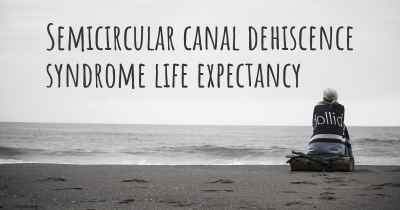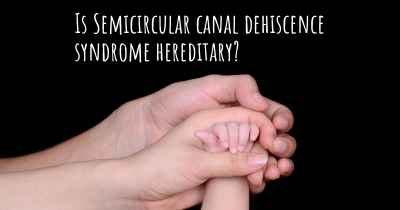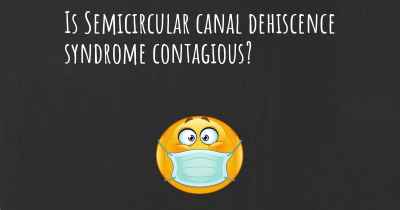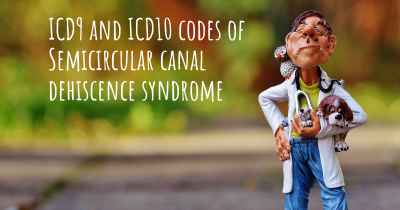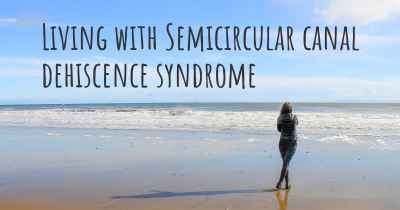Which are the causes of Semicircular canal dehiscence syndrome?
See some of the causes of Semicircular canal dehiscence syndrome according to people who have experience in Semicircular canal dehiscence syndrome
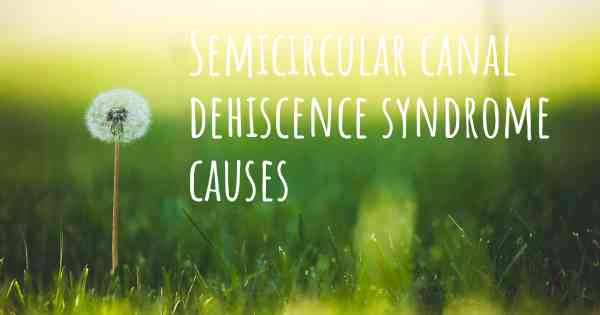
Semicircular canal dehiscence syndrome is a medical condition that affects the inner ear and can lead to a variety of symptoms including dizziness, vertigo, hearing loss, and a sensation of fullness in the ear. It is caused by a thinning or complete absence of the bone that normally covers the semicircular canals in the inner ear. This condition can be quite debilitating and significantly impact a person's quality of life.
The exact causes of semicircular canal dehiscence syndrome are not fully understood, but there are several factors that are believed to contribute to its development. One of the main causes is thought to be a congenital or developmental abnormality in the formation of the temporal bone, which houses the inner ear structures. This abnormality can result in a thinning or absence of the bone covering the semicircular canals, making them more susceptible to damage or injury.
Another possible cause of semicircular canal dehiscence syndrome is trauma or injury to the head or ear. A significant blow to the head or a direct injury to the ear can potentially cause a fracture or hole in the bone covering the semicircular canals, leading to the development of the syndrome. This can occur as a result of accidents, falls, or even certain medical procedures that involve the head or ear.
Additionally, certain risk factors have been identified that may increase the likelihood of developing semicircular canal dehiscence syndrome. These include age, as the condition is more commonly seen in individuals over the age of 40, and gender, as it is more prevalent in women. Hormonal changes, such as those that occur during pregnancy or menopause, may also play a role in the development of the syndrome.
There is also evidence to suggest that chronic pressure changes in the inner ear may contribute to the development of semicircular canal dehiscence syndrome. This can occur due to activities that involve changes in pressure, such as scuba diving, flying, or even straining during activities like heavy lifting or coughing. The repeated pressure changes can weaken the bone covering the semicircular canals over time, leading to the development of the syndrome.
Genetic factors may also play a role in the development of semicircular canal dehiscence syndrome. Some individuals may have a genetic predisposition to developing the condition, making them more susceptible to the thinning or absence of the bone covering the semicircular canals. Further research is needed to fully understand the genetic factors involved in the development of the syndrome.
In conclusion, semicircular canal dehiscence syndrome is a complex condition with multiple potential causes. While the exact mechanisms are not fully understood, congenital abnormalities, trauma or injury, risk factors such as age and gender, chronic pressure changes, and genetic factors are all believed to contribute to the development of the syndrome. It is important for individuals experiencing symptoms of semicircular canal dehiscence syndrome to seek medical evaluation and treatment to manage their symptoms and improve their quality of life.
